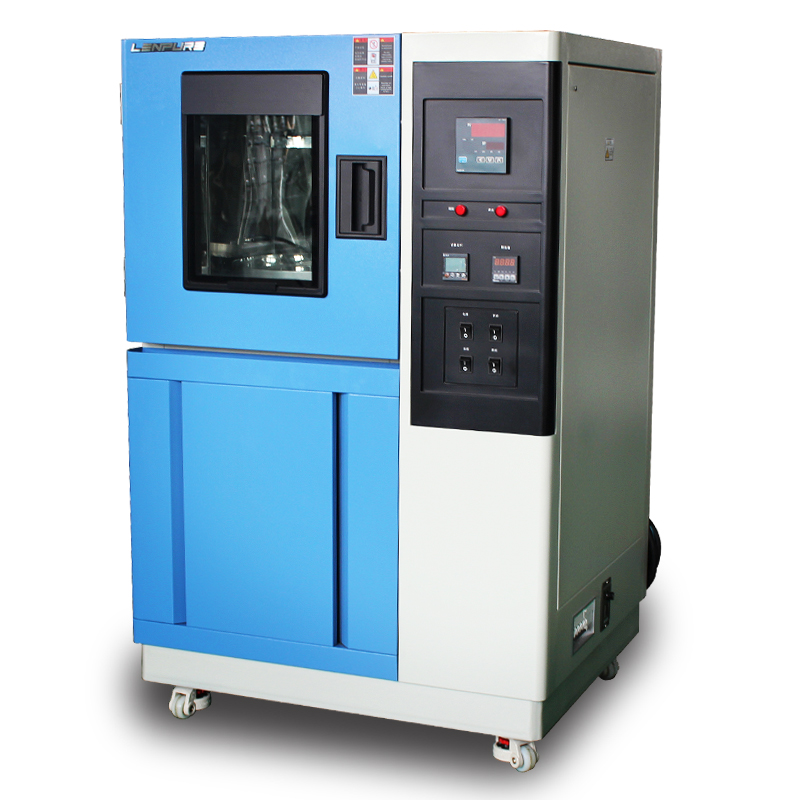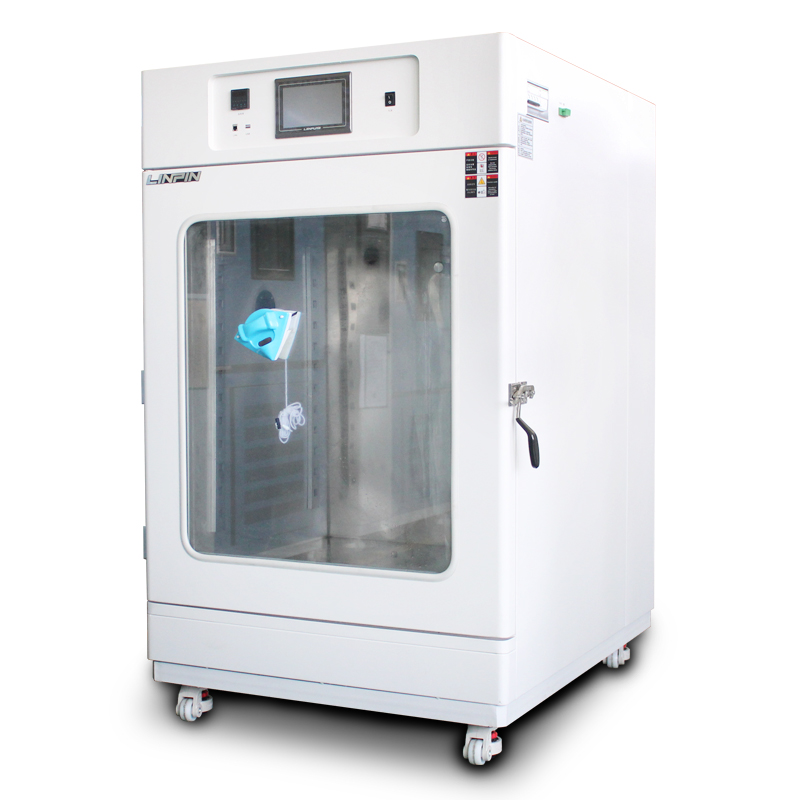What is the typical power supply voltage for a Temperature Humidity Test Chamber?
Author:LINPIN Update Time:2025-04-18 Source:LINPINA Temperature Humidity Test Chamber, also known as a constant temperature and humidity chamber, is primarily used to test the heat resistance, cold resistance, dryness resistance, and moisture resistance of various materials. It is widely applied in industries such as electrical appliances, instruments, food, and plastic products.
So, what is the typical power supply voltage for a constant temperature and humidity chamber?

Generally, there are two types:
-
220V: Typically uses a three-wire connection—live wire, neutral wire, and ground wire.
-
380V: Uses a five-wire connection—three live wires, one neutral wire, and one ground wire (three-phase with neutral and ground).
Generally, if the operating power exceeds 4KW, it is recommended to use a 380V power supply. This is because the voltage is more stable, and it is also relatively more energy-efficient. Typically, a 220V power supply uses a 4-square-millimeter cable, which can handle a power load of just over 4KW. Unless a 6-square-millimeter cable is specially installed, the power capacity can be increased by about 2KW.
Whether the power supply of a specific device can be changed from 380V to 220V depends largely on the device's design and performance parameters. Before purchasing the equipment, it is essential to confirm this with a professional manufacturer. Otherwise, if the power supply does not match after procurement, it could cause significant issues. Additionally, most property management companies have specific requirements for power supply configurations.




